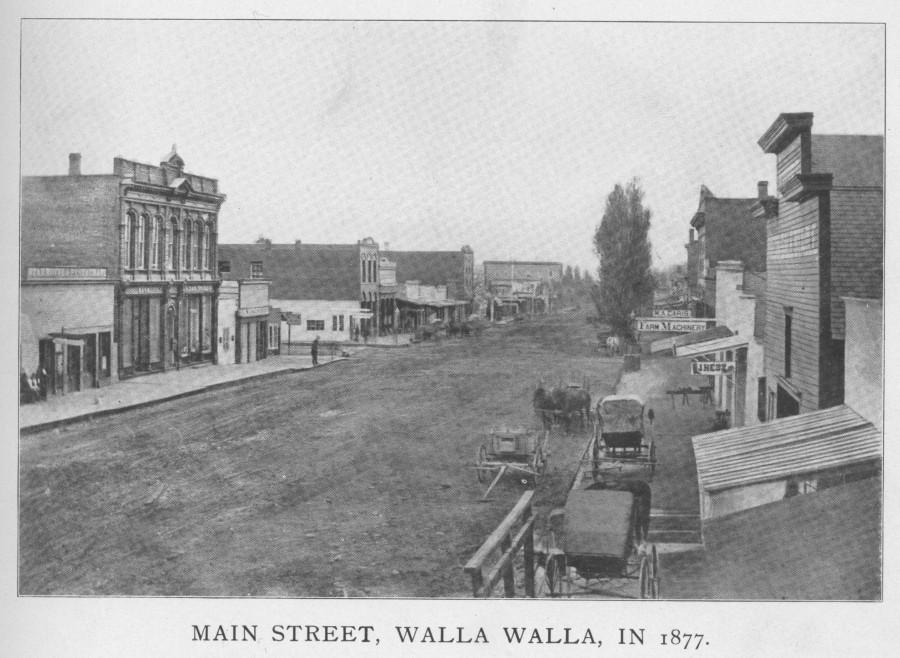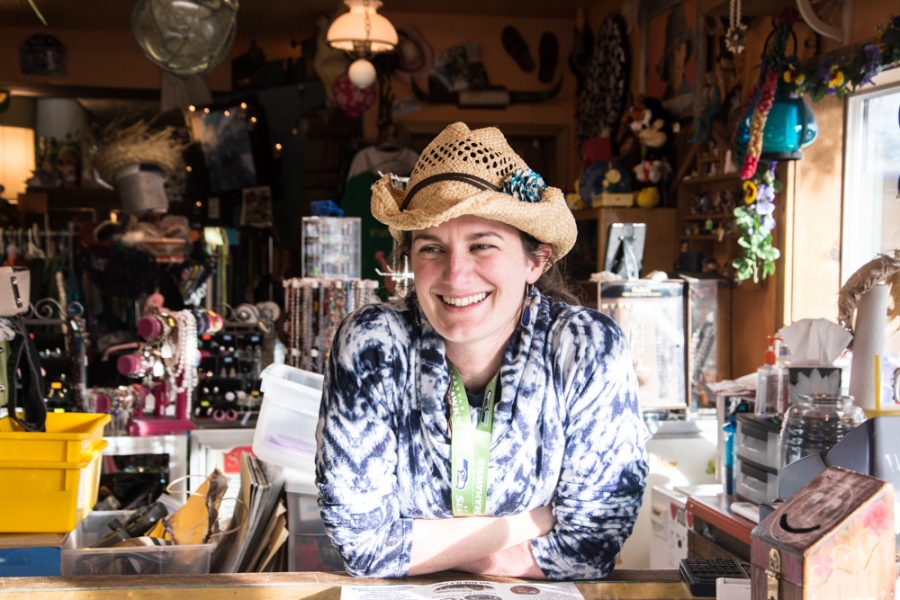Welcome to the wonderful history of Whitman and Walla Walla! This blog will feature different objects from the Penrose Archives each week in a discussion of regional and college history. The objects I have chosen this week are symbolic of this inaugural entry of the blog.

Gavels, of course, are used to start something new. But these particular gavels, symbolically important to Whitman’s history, also say a good deal about history’s role in handing down tradition and authority. As such, and especially in light of the upcoming Power and Privilege Symposium, I’d like to use this entry for a more theoretical discussion of history.
These gavels are the sort of objects which are clearly important for their symbolic value. Both gavels were given ceremoniously: one by or for the class of 1911, the other by William O. Douglas to ASWC in 1950. It’s possible that the latter was put to use in the student senate, but my guess is that both spent the majority of their days on a shelf somewhere, taken out to tap the occasional table when circumstances called for it. What matters most is not their practical function but their provenance-where and from whom they came. The older of the two was given by the class of 1911. Though I haven’t found any record of when exactly it was fabricated, we have its label and context for clues. The plaque affixed to the mallet reads:
FROM
THE WHITMAN
APPLE TREE
CLASS OF
1911
The gavel is now kept in a box with other artifacts from the ruins of the Whitman Mission including a clay jug, broken pieces of china, shards of warped glass, and even pieces of charcoal. Who gathered these up is somewhat of a mystery, but the reason is clear enough: these banal objects are relics of people and a place central to the College’s at the time. The significance of a gavel––a symbol of authority and purpose––fashioned from an apple tree––itself a symbol of “permanency and provision”[1]––is hard to miss. The object implies continuity between the college and mission, lending authority and gravity to Whitman as an institution. Whitman now views its origins more skeptically (observe the perennial mascot debate) but these stories and artifacts were at one time delivered with, quite literally, religious conviction.
The second was given by William O. Douglas to ASWC. It reads:
Presented To
A·S·W·C
by
Justice W.O. Douglas ‘20
May 2, 1950
Douglas is not a foundational figure like Whitman, but he was a Supreme Court Justice (note the plaque while waiting in line, Prentiss brunch-goers) who was very successful in his professional life; this is something that the founders of Whitman College surely would have celebrated. Douglas gave two such gavels to Whitman, and seems to have been fairly invested in doing so. The second (photo below) was fashioned from Lebanese Cedar––a wood rare enough to be featured on Lebanon’s flag. Again the significance of the gift is clear: patronage, authority, gravity.

Whitman is a prestigious institution with a 400 million dollar endowment, a host of first-rate faculty and staff, and connections across the country. Yet in spite of these more tangible resources, authority is reinforced in the appearance of things. In getting a logo just right, for example, or keeping the grass green. Though smaller and arguably less prestigious, the same was no less true of Whitman in 1911 and 1950 than it is today. That’s not to say that the class of 1911 and the student senate would have doubted themselves without these two particular objects. After all, the Douglas gavel wound up in a trash heap. (A student chanced to its rescue and returned it to the college several years after it was accidentally tossed out.) But in the competitive world of higher education, it cannot hurt to have prestigious roots sprouting prestigious alumni, and objects like these are the tangible proof – however impractical – of that intangible authority.
Like I said at the start of this entry, I do not intend to spend much time in more theoretical discussions such as I have written today. I want to focus on the objects and their owners, how they were used and how they ended up here. But there is something about objects – the sexiness of their aesthetic – that yells, “Danger: Interpretation!” Though most of the objects I will feature were used quite some time ago, the process of handing down tradition and legacy is always ongoing. To a greater and lesser extent, these objects––and the people who write about them–will be part of that process. In this way, history can be a bulwark for those in the present. Alternatively, it can be used to take things apart. Either way, it’s best to acknowledge that I live in my own time and place and hold my own gavel.
[1] The quotation is from a note attached to yet another gavel, this one made from the Spalding apple tree. Spalding was a contemporary of Whitman’s who established a mission in Idaho.


